Natives v exotics: the old gardening conundrum
Should you plant your garden with local natives, exotics - or a mix of both? It’s more complicated than you might think.
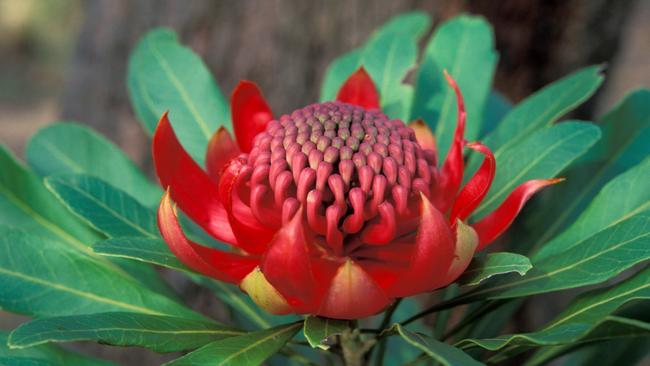
With Australia Day a few days away, it seems a good time to reflect on the debate about using native versus exotic plants in our gardens.
Australia is a vast continent with climates ranging from tropical to cool-temperate to arid. While Sydney and Brisbane are sub-tropical with high summer humidity and rain, Adelaide and Perth have Mediterranean climates with hot, dry summers and cool, moist winters. Our soils range from sand to clay, alkaline to acidic. So what thrives in one place is unsuited to another, meaning a native plant from the other side of the country is just as exotic as one from overseas.
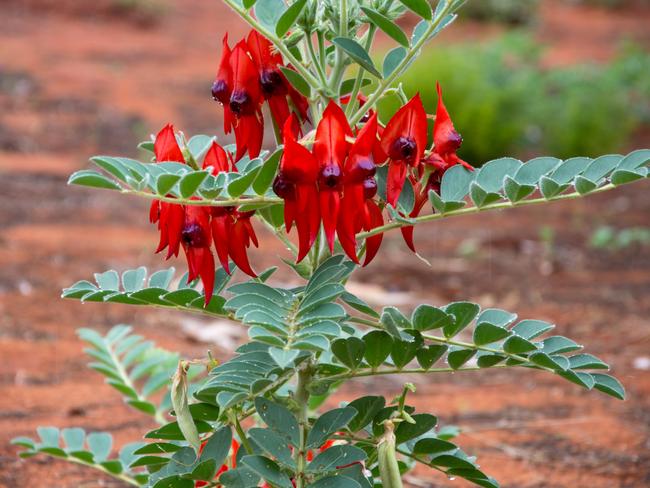
The native/exotic discussion exercises landscape designers across Australia. Many designers whose gardens have featured in these pages have a strong desire to use native plants in their designs – but they are also seeking the best plant for the job. Natives are not necessarily more low-maintenance or more drought tolerant than others, and we have very few deciduous trees, which are so important in passive solar design.
The topic was widely discussed at the 2021 Australian Landscape Conference in Melbourne, where one speaker observed that Australians seemed to have made using native plants a moral issue, with a fervour not seen in other countries. Are natives “good” and exotics “bad”? Why do we have such a divide?
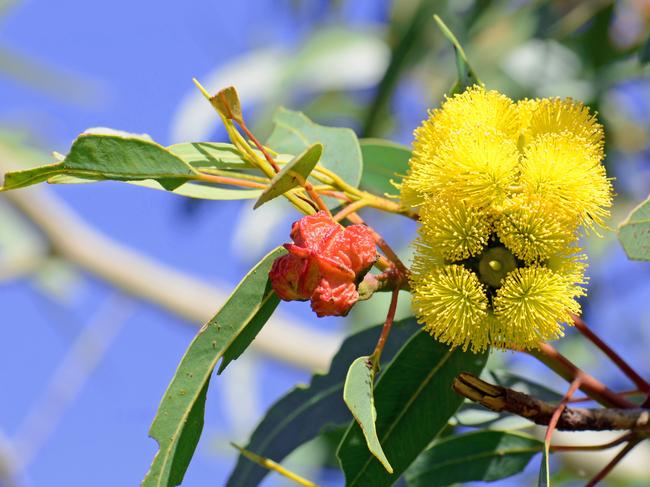
Of course we want to protect our natural heritage, but city gardens are by no means natural landscapes. The average backyard is part of the built environment. The building process affects soil profiles and drainage patterns, sunlight, wind and even temperatures. Add in fertilising, mulching and watering by home gardeners and conditions change even more.
So although it’s true to say local native plants are best adapted to local conditions, that only applies in the natural landscape. For example, in Sydney, the local NSW Christmas bush commonly fails in gardens because it can’t cope with the overly rich conditions. It’s the same for plants such as waratahs, Sturt’s desert pea and West Australian wildflowers because they must have the very specific conditions to which they are adapted.
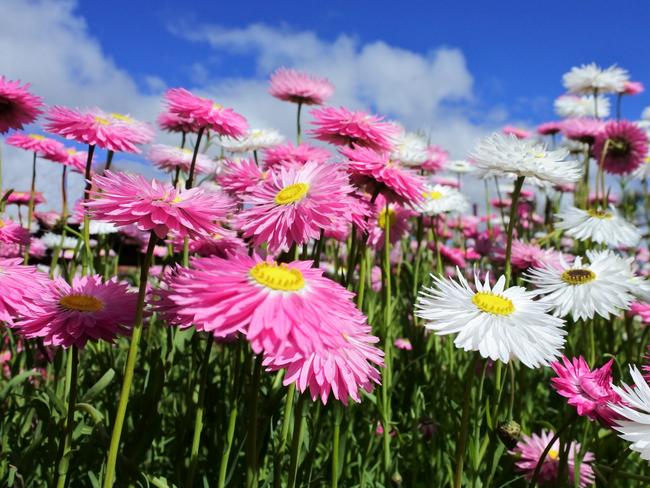
Jim Fogarty, a Melbourne-based landscape architect and designer, makes the point that the choice of plants depends on where you are creating a garden. “If you have a home in coastal bushland you shouldn’t change the character of the place by planting exotics, but in the city it’s different,” he says. He also notes that it can be difficult to buy indigenous plants because most big commercial growers don’t grow many of them.
Informed plant selection encompasses diverse considerations such as horticultural performance, function, availability, fashion, personal preferences, maintenance levels and the plants’ usefulness – for eating, picking or feeding animals. For most home gardeners, a mix-and-match approach that uses a palette of appropriate plants – whatever their provenance – seems to make the most sense.
Q&A
All our different types of compost bins make good compost but swarms of fruit flies emerge every time we open the lids. Our fruit tree crops are ruined, despite many traps. Should we try a net this year or will that block pollinators? Noriko, Perth
They’re likely to be vinegar flies; unlike fruit flies they don’t feed directly on fruit but on the fermenting products. They’re tiny – less than 1mm long – and exist in swarms. Traps are for detection, not control. You can try lure-and-kill splash baits on trunks and nearby surfaces (these baits need renewing at least weekly and after rain) but they may not be more attractive than ripe fruit. Protective fly-proof fabric is best, installed when the fruit is small, which is well after pollination. Make a frame for netting with irrigation polypipe slipped over stakes or use mesh bags, pruning trees to make this approach manageable. Destroy all affected fruit.
I’d like a grove of three silver birch trees in our small, north-facing courtyard but was told they won’t survive. What else has a silver trunk? Would tropical birch work? Cathy Hayes, Sydney
Silver birch (Betula pendula) needs a cool climate and is short-lived in Sydney. Tropical birch (B. nigra), with similar leaves, does well in warm areas but grows 10-15m tall; the peeling bark is attractive but not silver. For small, deciduous trees in Sydney you can’t go past dwarf crepe myrtles that offer four seasons of interest and long flowering (see flemings.com.au). Olives have silvery leaves but need full sun and good air movement; try ‘Tolley’s Upright’ for a grove.
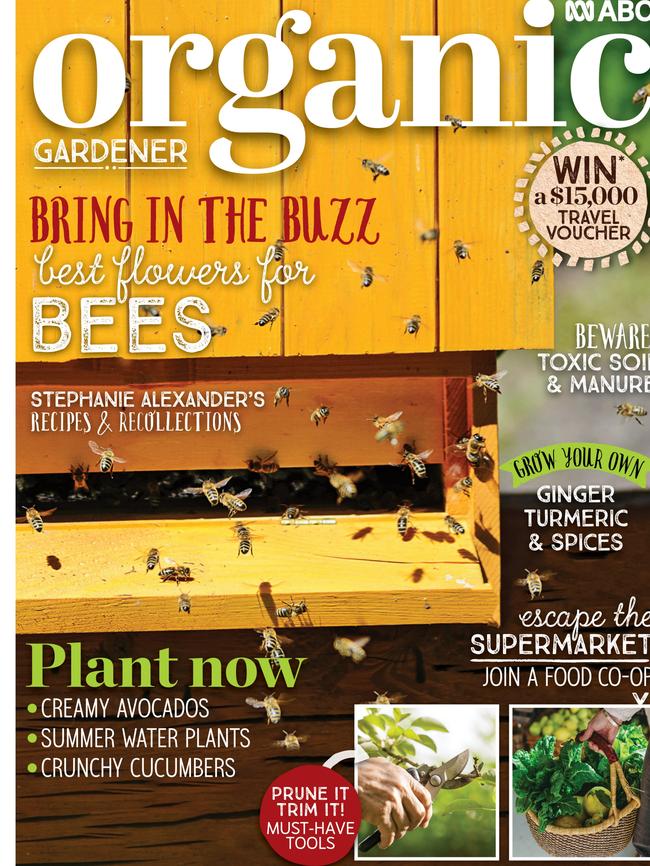
Send your questions to: helenyoungtwig@gmail.com or Helen Young, PO Box 3098, Willoughby North, NSW 2068. Website: helenyoung.com.au. The best question for December/January wins a 12-month subscription to ABC Gardening Australia and ABC Organic Gardener magazines, worth $109; abcmagazines.com.au.




To join the conversation, please log in. Don't have an account? Register
Join the conversation, you are commenting as Logout